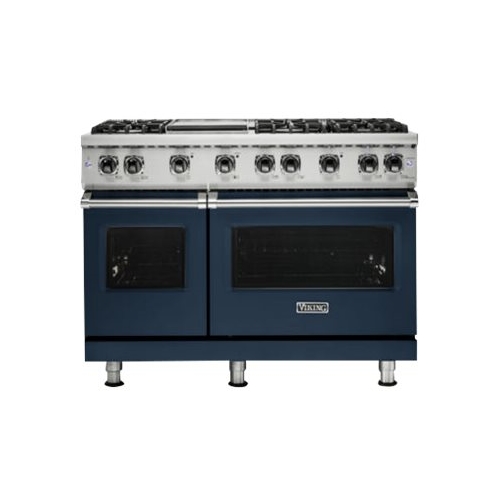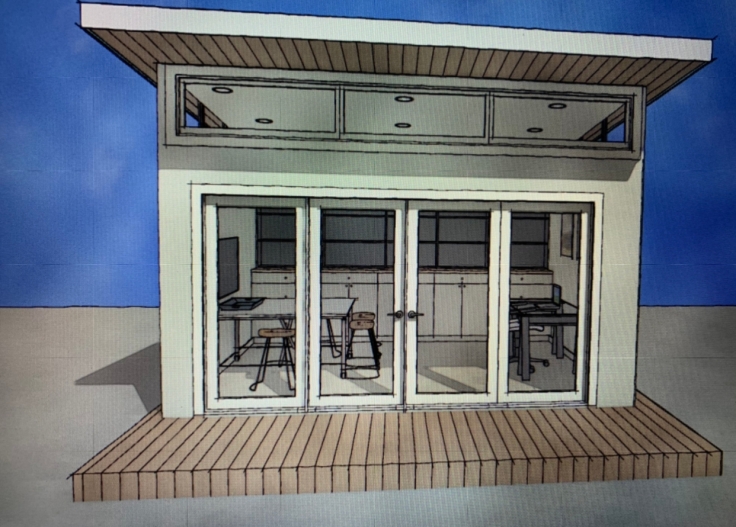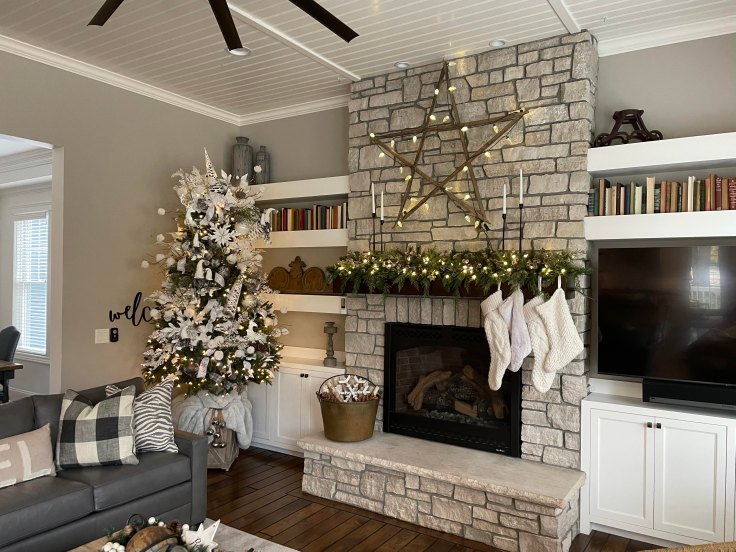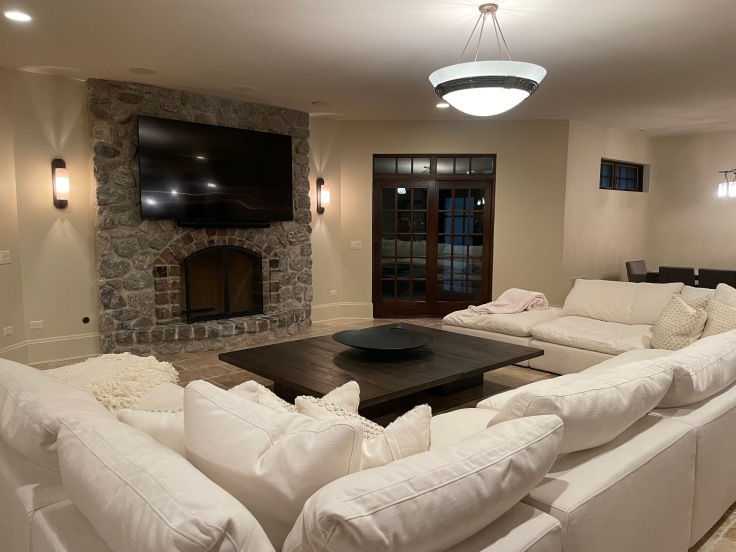By Joan Kaufman
Countertop surfaces set the tone for your space. The multitude of natural and engineered stone options provide unlimited opportunities to make individualistic design statements. There are also a number of other factors to consider besides the look when choosing countertops.
First, you want to determine common uses within the location, level of durability you desire, and your willingness to maintain the stone.

Kitchen countertops will be exposed to food including acids such as lemon juice and vinegar. Bathrooms may be exposed to many chemicals, which include whiteners found in toothpaste, acetones in nail polish and removers, dye products and more. Commercial spaces may be exposed to harsh cleaning agents and heavier traffic.
Natural stone varies in durability due to pits, imperfections, and porosity. Natural stone include marble, granite, and quartzite. Engineered countertops includes quartz and solid surfaces like Corian.
Marbles ($$) are characterized by the flowing vein patterns with variety of colors available. Marble is porous. Especially when using for countertops, a high-quality sealer is strongly recommended. Sealers should be re-applied every 3 to 12 months depending on usage. Make sure you specifically ask for a non-toxic one, if you have littles! Be aware, proper maintenance of marble is essential to ensure enjoyment long term. If maintenance is not something you are willing to do, skip it.

Granites ($$) are characterized by crystals of varying size. Granite is less porous than marble, but still requires maintenance. Granite is a highly durable silicone-based stone that is more resistant than marble to the acids found in lemons, vinegars, and cleaning products. As most granites do not etch, it is often used in outdoor applications. Granite countertops can actually dull your knives. But, it can withstand heat up to 1200 degrees Fahrenheit, so keep knives on a cutting board and trivets in the drawer! Quartzite is essentially an interlocking mosaic of quartz crystals and even less porous than granite in most applications. The surface is glassy in appearance; you can even see interlocking quartz crystals underneath the polish! True quartzite contains at least 80% quartz by volume. Be sure to ask questions when selecting the stone to ensure that it is a true material. While exceptionally beautiful, quartzite can be extremely brittle in certain applications. Accent pieces need to be at least three centimeters thick, or they will break. Curved shapes are out. Work closely with your professional designer to navigate these details!
Quartz ($$$) slabs are engineered stone. To make the product, roughly 90 percent ground quartz is blended with about 10 percent resins, pigments and various compounds. The finish has a depth that can’t be produced with other manufactured solid surface materials like Corian. Quartz is non-porous, very durable, attractive and requires little maintenance.
At the start of any building or remodeling project ask yourself these important questions: What am I doing with the space? How durable do I need my surfaces to be? How much do I want to maintain it? And, what is the project budget?









Leave a comment